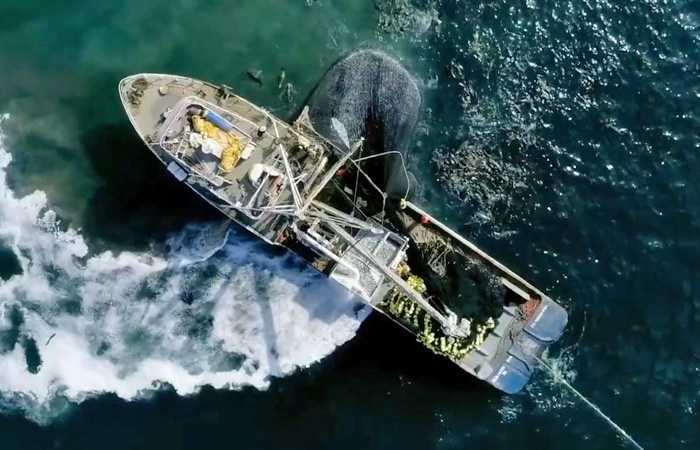Rethinking Lifestyle
A Life on Our Planet

I recently watched David Attenborough’s latest documentary, A Life on our Planet. It’s available on Netflix. I recommend this to anyone. Attenborough is now 93, and most of us have come to know him because of his spectacular celebration of the diversity of nature in his many documentaries. Perhaps Blue Planet I and Blue Planet II are the most well known. There are many, all devoted to demonstrating the natural, living richness of the planet we inhabit.
A Life on our Planet is different. Yes, it include spectacular footage of wildlife from various parts of the planet, but that is not what this documentary is about. Attenborough describes the film as his “witness statement”: he describes what he has witnessed in his 50 years of filming and gives an impression of what could happen to the planet over the course of a lifetime beginning in 2020 and lasting as long as his own, were human activity to continue unchanged. The Amazon rainforest could degrade into a savanna; the Arctic could lose all ice during summer; coral reefs could die; soil overuse could cause food crises. These irreversible events would cause mass extinction and exacerbate climate change further.
Attenborough began filming wildlife in the 1950s. The war was just over, and the technology that allowed him to travel and film was available. 66% of the planet was undeveloped, climate change was a concept we had not heard about, the ocean fish stocks were rich, and human population was under 3 billion people. We humans were just beginning to see how vast the resources of the planet were. Although coal was in widespread use, we were just beginning to appreciate what could be done with oil.
He shows us how, as we walk on this planet, it is easy to become lost in its vastness, to fall into the trap of believing on a subconscious level (though on a rational level we know this to be untrue) that it is infinite. Once we view our planet from another angle, one from outside its atmosphere, it is easier for us to grasp its finitude. Widespread realization of this “fundamental truth,” as Attenborough calls it, is vital if life as we know it is not to collapse on this planet. When we acknowledge this truth, and that, as Attenborough states, “anything we can’t do forever is, by definition, unsustainable,” it becomes a case of simple logic that endless economic growth is incompatible with the limits of our planet.
Attenborough does not leave us there. He describes actions which could prevent these effects and combat climate change and biodiversity loss. He asserts that the solution has been “staring us in the face all along. To restore stability to our planet, we must restore its biodiversity. The very thing that we’ve removed.” He proposes that bringing countries out of poverty, providing universal healthcare and improving girls’ education would make the growing human population stabilise sooner and at a lower level. Renewable energy such as solar, wind, water and geothermal could sustainably power all human energy usage. Protecting a third of coastal areas from fishing could allow fish populations to thrive and the remaining area would be sufficient for human consumption. Humans changing their diet to eliminate or reduce meat in favour of plant-based foods could allow land to be used far more efficiently. Attenborough cites government intervention in Costa Rica causing deforestation to reverse, Palau’s fishing regulations and improved use of land in the Netherlands as good examples.




